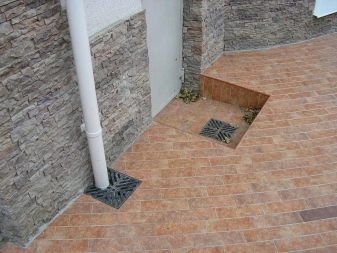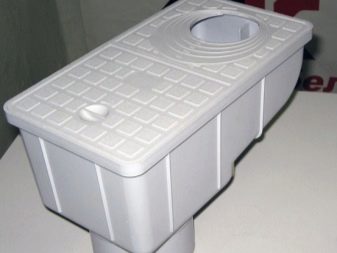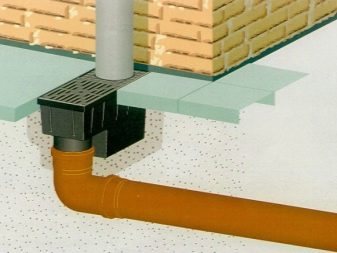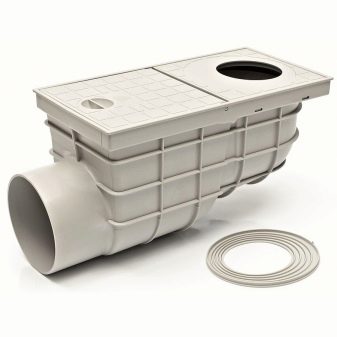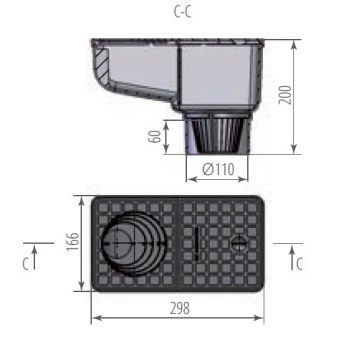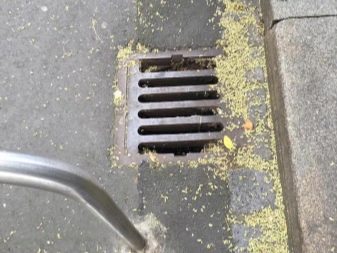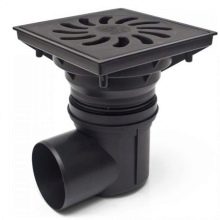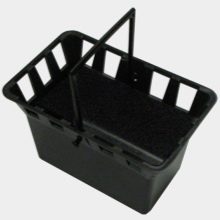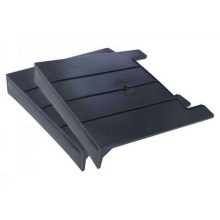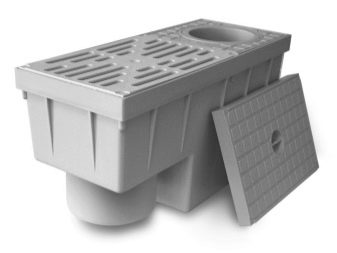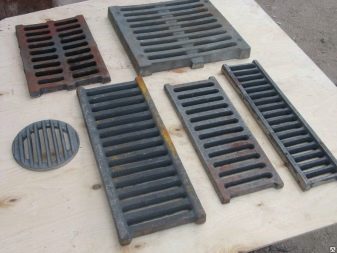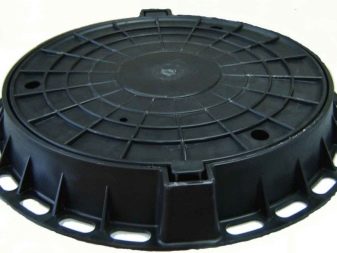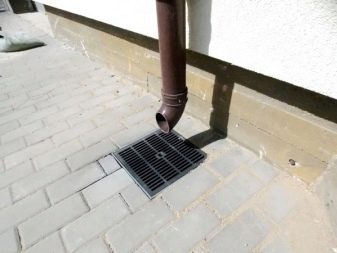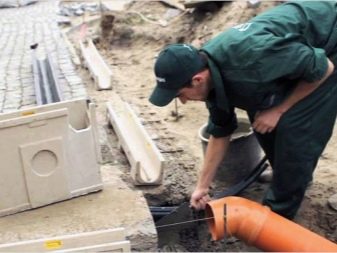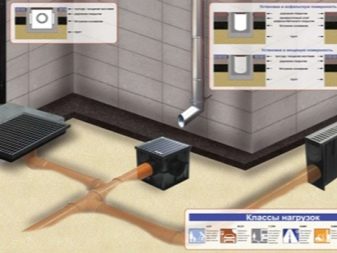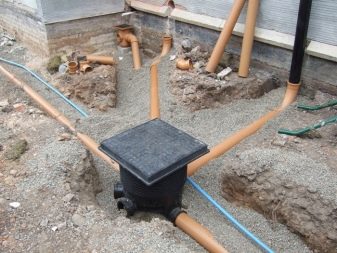Drain inlets: types and purpose
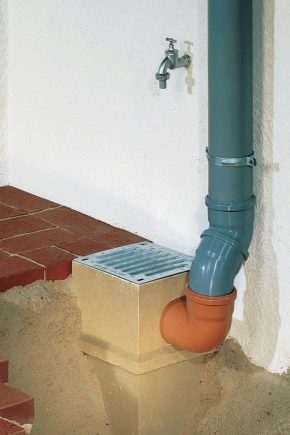
The drain inlet is a mandatory attribute when arranging the local area. Its installation leads to protection against flooding the foundation of the house. It is best to install the structure during roofing.
Main characteristics
Drain inlets are containers for collecting thawed and rainwater. They dig deeper downpipes. Their main task is to collect water from the surface, preventing possible formations of puddles. Water should flow into the inlet, then into the sewer. They can be made from materials such as plastic, cast iron or galvanized sheet. Plastic materials are the lightest by weight, and they are also easiest to assemble.
Attention should be paid to several parameters.
- Material. This item especially applies to plastic. It must be frost-resistant, withstand various chemical compounds and aggressive environment. The most commonly used polypropylene.
- The size. Usually rainwater inlets are made in the form of a cube. The standard sizes include: 30x30x30 cm, 40x40x40 cm and 55x55x55 cm;
- Grade load class. There are a large number of grating classes for the load that they are able to withstand. Category A - up to 1.5 tons, can be used on the lawn next to a private house. Category B - up to 12.5 tons - is capable of withstanding vehicle hitting, can be used in the garage. Models of these categories are used in private construction. Further, there are more robust grids, up to category F, capable of withstanding up to 90 tons. Such storm water inlets are used in industrial premises.
Design
Each downpour consists of the following parts:
- basket protects from dirt and debris in the system;
- siphon is needed to protect against unpleasant odors from the system;
- the partition is a reinforcement for the basket and a water seal when connected to the pipeline;
- the lid helps to regulate the amount of water coming from each product, and with it you can protect against odors from the sewer;
- the lattice - through it the water enters the drain. The grid pattern affects the rate of fluid intake;
- the hatch is used when it is necessary to close the drain inlet and make a permanently closed type well out of it;
- extension cable is needed to increase the design.
Advantages and disadvantages
Rainwater receivers have a large number of advantages.
- Easy installation. Low weight makes it easy to move the design manually. If the place is chosen incorrectly or the load calculations were performed incorrectly, then dismantling can be easily performed. And it is also easy to connect two identical water inlets into one more volumetric one.
- Resistance to the environment.
Both metal and plastic versions are made in such a way that they easily transfer both amplitudes of temperatures and pressures, as well as various chemistry.
- Uncomplicated equipment. Thanks to the well-thought-out system inside the storm water intake itself, there is no water retention, there is little clogging.If a lot of garbage has accumulated, then simply empty the trash.
- Easy to connect to the pipeline. The connectors are arranged in a horizontal and vertical manner, so the design can be easily connected to a common pipeline without any special fasteners and unnecessary connections. It is very convenient on a country site.
The disadvantages include the fact that many types of grids are made successfully for quick collection of water., but if any items hit the grid (keys, key chains, small parts), they are collected in the basket. There is a disadvantage that relates exclusively to plastic drain receivers. When cracks inside the receiver appear, all the dirt and earth will get inside, and the system will be inactive. If the plastic grill cracks, then people or animals can get hurt about it. Installing a drain inlet is necessary to prevent many troubles, so it is necessary to calculate its volume, choose a place for it and do the installation.
You will learn about how to install a drain in the following video.

